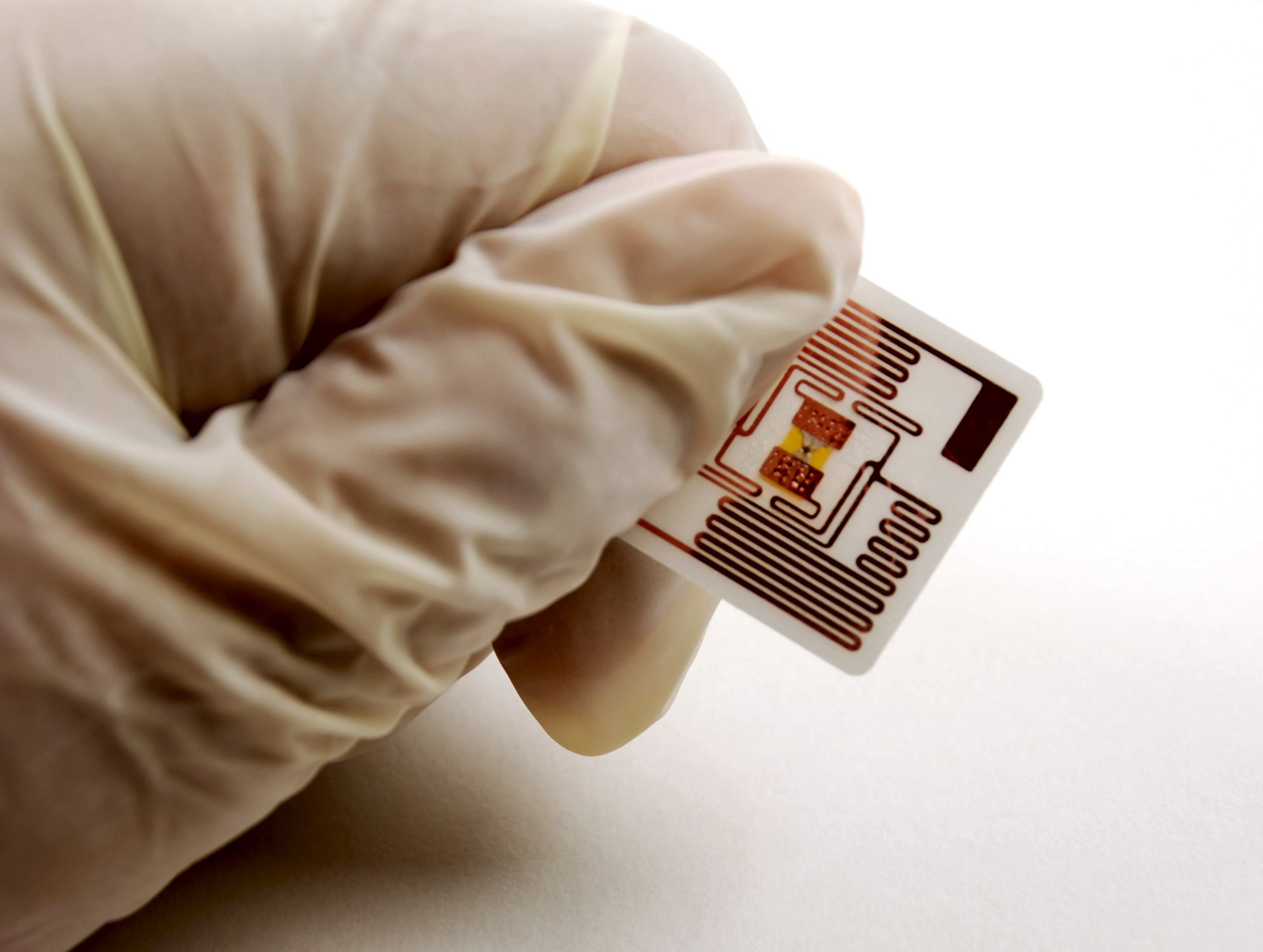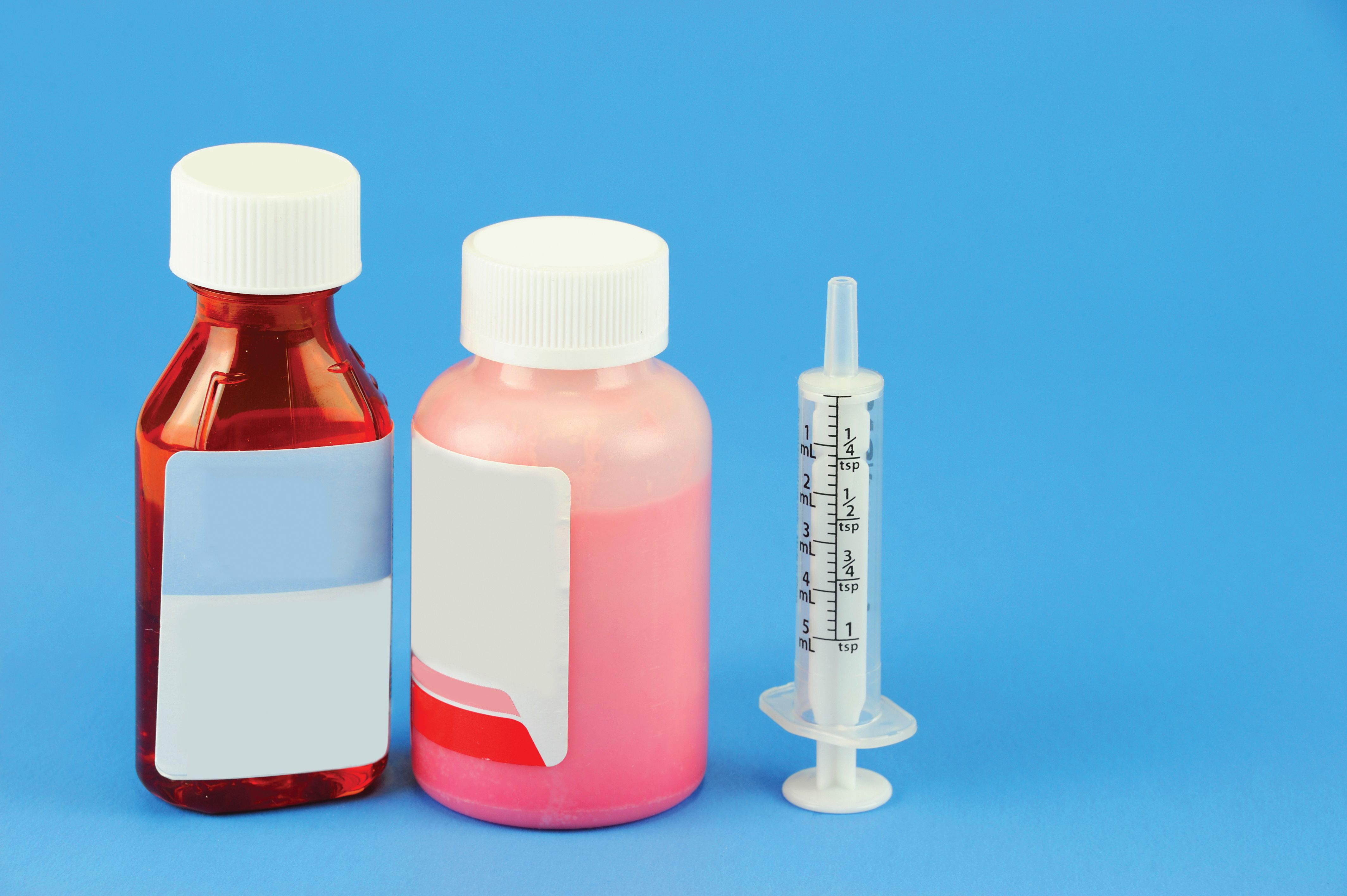News
Article
Pharmaceutical Technology Europe
Pharmaceutical Technology Europe
Enhancing the bioavailability of poorly soluble drugs
Although efforts have been made to improve solubility, many poorly soluble drugs still reach the market. Peter Nielsen discusses new developments in solubilisation technology, which could help those companies seeking to reinvigorate marketed products.
How many pharmaceuticals on the market exhibit poor solubility?
Approximately half of the drugs on the market show poor solubility, but the use of modern solubilisation technologies can improve a drug product's bioavailability and performance. Applying a solubilisation technology will usually also reduce the food effect and variability of the absorption, which is often a direct consequence of low water solubility of the active molecule.

Peter G. Nielsen
Although there is increased focus during the discovery process to select compounds not only based on their invitro biological properties, such as receptor binding studies, but also on physicochemical properties (i.e.,solubility), many poorly soluble drugs still reach the market. This can be attributed to the widespread use of combinatorial chemistry, which often provides products with low solubility.
Although effort is made in early R&D to select a drug substance based on solubility behaviour, this is not always possible if biological activity is to be maintained. If the drug has acidic or basic properties, a water-soluble counter ion can sometimes be selected to improve solubilisation; however, for neutral molecules and the lowest soluble molecules, a solubilisation technology is needed to obtain acceptable drug product performance.
For many years, Elan's Nanocrystal technology was the gold standard for improving the solubility of poorly soluble drugs. Using this technology, the active drug substance is milled down to particles in the nanosize range and incorporated with a surfactant to prevent aggregation of the nanoparticles. By reducing particle size and increasing the surface area for dissolution, the dissolution rate of the drug particles significantly increases. This technology has enhanced the performance of many poorly soluble drugs, but there are also a number of drawbacks in my opinion, relating to manufacturing and cost.
Another technique for improving solubilisation is to use lipid systems; namely, selfemulsifying drug delivery systems (SEDDS) and selfmicroemulsifying drug delivery system (SMEDDS) formulations, where the drug substance is dissolved in a self-emulsifying system that disperses in the intestine to form nanomicelles, which present the drug in a more absorbable form. These formulations are typically presented as soft or hard gelatine capsules, but comparability or leakage issues may sometimes give stability imitations. However, technologies, such as our liquidloaded tablet technology, are available that overcome these issues by enabling liquids to be administered in tablet forms.
In the last decade, a number of newer solubilisation technologies have been developed that offer improved performance and broader applicability compared with conventional approaches. Many of these technologies use various solid dispersion technologies, such as lyophilisation or melt extrusion. One of the advantages is that the drug substance can, in some cases, be stabilised in the amorphous state or presented as a solid solution, which presents the most drug in the most bioavailable form because no activation energy is needed to break up the crystal lattice structure before dissolution and absorption can take place.
The main difficulty in working with amorphous drug products relates to physical instability because there is an inherent risk of the drug product forming crystals during storage, which could impact drug bioavailability. The crystallisation behaviour is mainly guided by the glass transition temperature of the active and the matrix in which it is embedded. Various possibilities exist for stabilising the amorphous drug in the matrix by selecting appropriate polymeric exipients. MeltDose technology, a physical process for improving the bioavailability of poorly soluble compounds, is a good example of such a technology because the solid dispersion can, depending on the properties of the drug substance, be formed as either nanocrystals, amorphous particles or as a solid solution, offering large flexibility in the biodesign of a stable drug product.
Which of these technologies are used the most frequently in the industry and why?
The standard approach for enhancing solubility in today's drug development process is appropriate salt selection to select the molecule with best physicochemical properties. The inclusion of surfactants in the formulation is also routinely used to overcome moderate solubility issues.
Nanocrystal technology was the first real commercially viable technology to enhance solubility beyond standard formulation technologies, but the last 10–15 years have seen the introduction of other commercially viable solutions for bringing challenging molecules to the market. Most notably, melt extrusion technology has been used for improving the solubilisation performance of various antiviral products, such as Soliqs' Kaletra. Other technologies used include solvent processes or freeze drying/solvent processes to create a solid dispersion product. The development of new technologies, such as MeltDose, has enabled the lowest dose fenofibrate product to be brought to the US market as Fenoglide (Shionogi Pharma Inc., GA, USA.) tablets.
Are there any factors hindering the adoption of new technologies?
Many solubilisation technologies, including nanocrystals, liquid fill and melt extrusion, require expensive and complicated manufacturing processes and equipment. Meanwhile, the use of solvents requires the installation of expensive solvent recovery systems and explosion‑proof facilities. The MeltDose process, however, uses only conventional commercial manufacturing equipment, such as fluid bed granulation, which means it can easily be transferred to various manufacturing sites. Of course, many of the newer and more efficient technologies, including MeltDose, are also protected by process patents and intellectual property rights, which makes them attractive for further development.
When selecting the right solubilisation technology, a number of important factors need to be considered. Drug load may often be a limiting factor for high-dose drugs because the poorly soluble molecule has to be activated by the solubilisation system included in the tablet; oral drugs will normally be restricted to approximately 900 mg tablet weight for tablets to be swallowable. Furthermore, chemical and physical stability is important for selecting the solubilisation system. In theory, amorphous systems present the drug in the most solubilsable form, but this form is less stable than crystalline analogues, and may pose physical and chemical stability challenges. If the amorphous form is physically unstable and crystallises with time, it may be possible to use excipients that can stabilise the amorphous form. In other situations, it may be better upfront to select a technology based on crystalline nanoparticles to assure constant product quality during the product's shelf life.
What are the challenges for companies involved in the development and commercial manufacture of technologies that enhance the bioavailability of a poorly soluble drug?
The main challenge for companies developing new drug delivery technologies is getting their technology fully developed, scaled to commercial scale and approved by regulatory bodies. This is a timeconsuming process, and most developers are reluctant to apply completely new and unproven technologies to their development programme because this presents an increased overall development risk. Therefore, there are a number of vendors of new solubilisation technologies that offer very low-price solutions because the technology has not yet been fully commercialised. There are many examples of developers who have picked the least expensive solution — an unproven technology — and consequently lost precious development time and incurred significant development costs before realising that the chosen technology had not been optimised and that the final products present stability or other quality problems.
Designing efficient drug delivery systems of poorly soluble drugs will never be a routine task with a onesizefitsall approach. To be successful, it is important to carefully tailor the development process to the specific characteristics of the API. It may be tedious to wait for preformulation studies to commence before selecting the formulations to go forward with, but failing to do so will, in the best case, lead to a suboptimal drug products, but could also lead to product failures after significant resources have already been spent on clinical studies.
There is a considerable need for technologies that can improve the performance of individual molecules, and in the future I believe that we will see the optimisation and commercialisation of improved technologies that can achieve better product performance. Because the development cost risks for new chemical entities are huge, many pharma companies have redirected their resources to optimise the value of the existing marketed molecules by making renewed presentations of these molecules that represent true clinical benefits for patients. This focus will undoubtedly lead to new and improved technologies for enhancing products.
Can you tell us more about MeltDose technology?
MeltDose technology is unique compared with many existing solubilisation technologies on the market. First of all, it is one of the few new technologies that have been specifically developed to achieve commercial manufacturing scale and it has also been approved by regulatory bodies, including the FDA. It is a clinically validated technology that has consistently shown improved performance in terms of bioavailability and reducing the food effect.
From a manufacturing point of view, the technology is unique in its simplicity because the process can be performed using normal manufacturing equipment that is present in most development and manufacturing facilities, with a low cost of goods comparable with conventional tablets. The manufacturing process is also free from water and organic solvent. The process can be used in dry and oxygen-free conditions, making it suitable for chemically unstable molecules.
The most important aspect of the technology is its ability to work in a controlled-release fashion that solubilises the poorly soluble drug not only in the upper gastrointestinal (GI) tract, but throughout the GI system, which enables oral delivery of challenging molecules with a remarkably steady release over the length of the GI tract. This makes the technology unique for dosing narrow therapeutic drugs where the balance between side effects and lack of therapeutic effect is pivotal for the successful use of the drug.
LCP‑Tacro is a new controlled‑release tablet presentation of the immunosuppressant tacrolimus that was formed using MeltDose. Clinical data has shown clear advantages in avoiding variability in plasma level.
The author says...
- As well as improving biovailability and performance of a drug product, the use of a solubilisation technology can also reduce the food effect and variability of the absorption.
- For many years, nanocrystal technology was the gold standard for improving a product's solubility, but newer technologies could offer advantages.
- A number of solubilisation technologies are available that can stabilise a drug substance in the amorphous state or as a solid solution.
- Because the development costs for new chemical entities are so high, many companies are instead working to optimise existing marketed molecules.
Newsletter
Get the essential updates shaping the future of pharma manufacturing and compliance—subscribe today to Pharmaceutical Technology and never miss a breakthrough.






